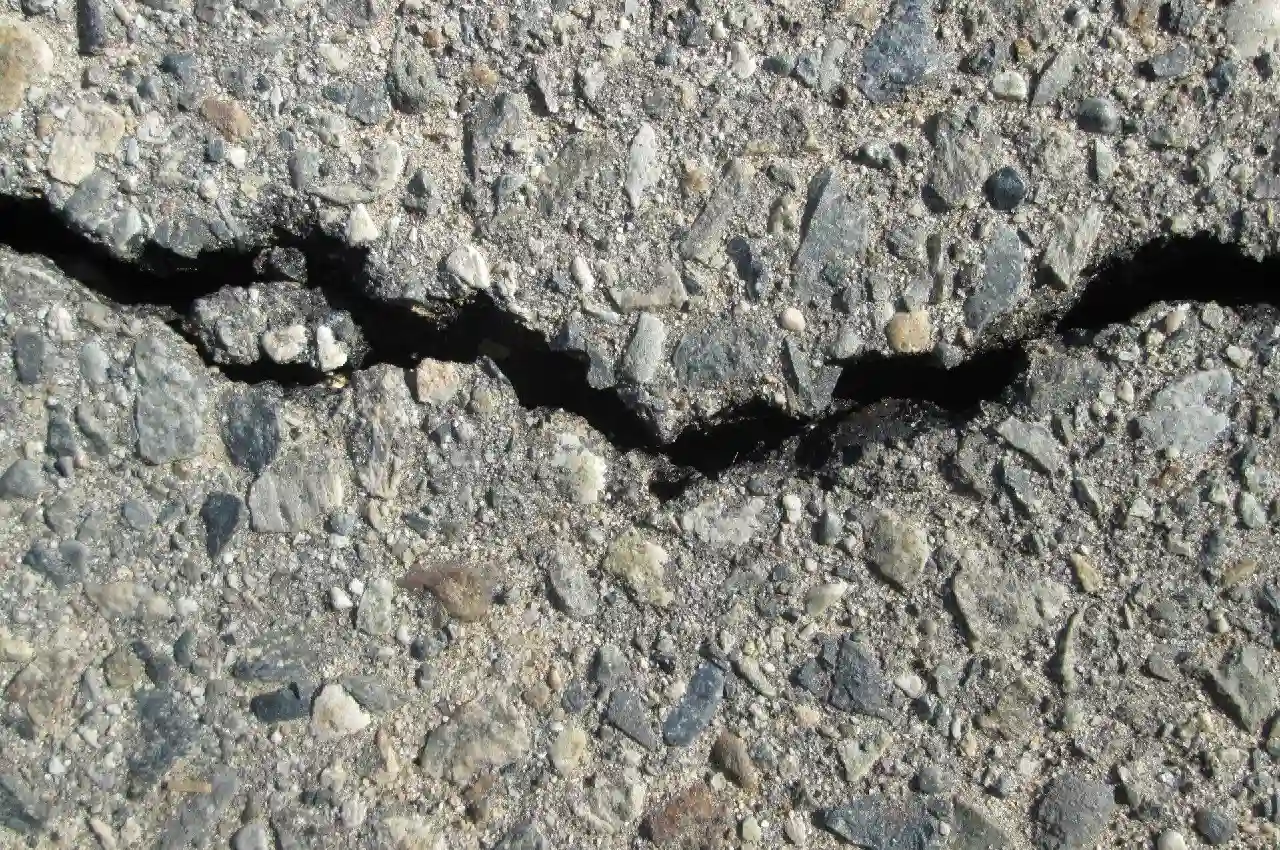NEWS
Understanding the Different Techniques for Asphalt Crack Repair

When it comes to maintaining asphalt pavements, understanding the various techniques for asphalt crack repair is crucial. This is because it helps in preventing further damage and extending the life of your driveway or parking lot.
Knowing the right repair method can save you time and money. This is whether it’s a small crack snaking its way across your property or a larger pothole that seems to grow deeper by the day.
In this post, we’ll explore the different techniques for asphalt crack repair.
So, let’s begin!
Crack Sealing
Crack sealing is a popular technique for repairing asphalt cracks. It involves filling the cracks with a rubberized sealant to prevent water from seeping in and causing further damage. This method is ideal for smaller cracks, usually less than 1 inch wide.
To perform crack sealing, the crack must be thoroughly cleaned and dried before applying the sealant. A specialized hot pour machine is used to melt and apply the sealant, ensuring a tight and durable seal.
Crack sealing is an effective method for preventing water intrusion, which can lead to larger cracks and potholes. It also helps to improve the overall appearance of your pavement.
Crack Filling
Crack filling is another technique used for repairing asphalt cracks. It involves filling the cracks with a hot or cold rubberized filler that bonds to the edges of the crack, creating a barrier against water and debris.
This method is typically used for larger cracks, between 1 inch to 4 inches wide. Similar to crack sealing, the crack must be cleaned and dried before filling. However, unlike crack sealing, no specialized equipment is needed for crack filling.
Crack Patching
For more extensive damage, crack patching may be necessary. This technique involves cutting out the damaged area and replacing it with new asphalt. It is typically used for larger cracks or potholes, as well as areas with alligator cracking.
Patching requires specialized asphalt repair equipment and should be done by a professional to ensure proper installation and compaction of the new asphalt. It is a more permanent solution compared to sealing or filling, but also typically more expensive.
Crack Routing
Another technique for repairing larger cracks or areas with extensive damage is crack routing. This method involves using a specialized machine to cut a groove along the length of the crack, creating a reservoir for the sealant or filler to bond to.
Crack routing is typically followed by either crack sealing or filling to ensure a more permanent repair. It is often used in combination with other techniques for the best results.
Infrared Asphalt Repair
Infrared asphalt repair is a newer technology that uses infrared heating to soften and recycle existing asphalt. This method is ideal for repairing smaller cracks and potholes, as well as areas with surface damage.
The process involves heating the damaged area to remove any debris or moisture, then adding new asphalt mix to fill in the repaired area. Infrared asphalt repair is a quick and efficient solution that can be done without disrupting traffic.
Discover the Different Techniques for Asphalt Crack Repair
Understanding the various techniques for asphalt crack repair is essential for maintaining the structural integrity and appearance of your pavement. There are options available for every type of damage.
It is important to regularly inspect and address any cracks or damage promptly to prevent further deterioration and costly repairs in the future. Consult with a professional asphalt contractor to determine the best technique for your specific needs.
Should you wish to explore helpful reads, head to our main blog page. We’ve got more!
Having completed my education in English, I’ve cultivated a successful career as a content writer. My tenure includes valued collaborations with distinguished professional organizations, reflecting my commitment to producing high-quality content.
Contact me on this mail: [email protected]










